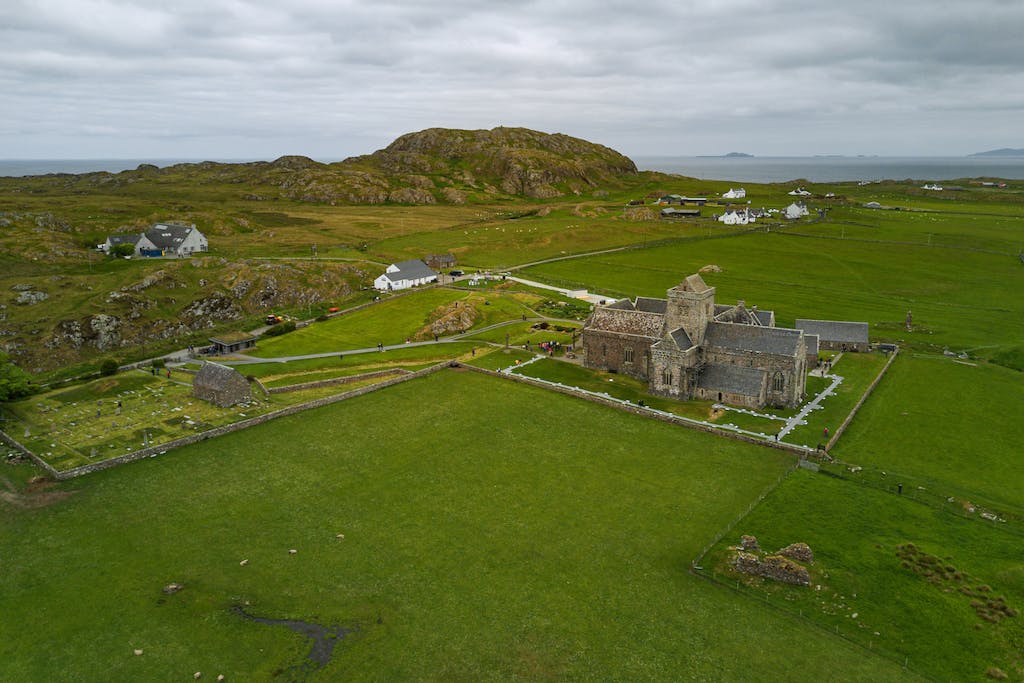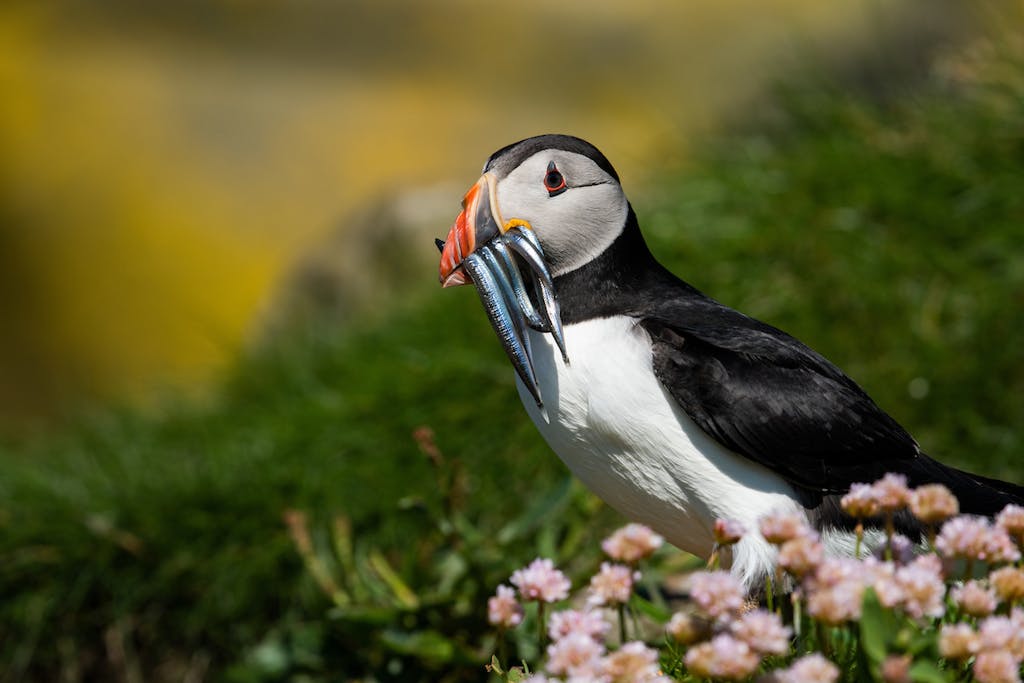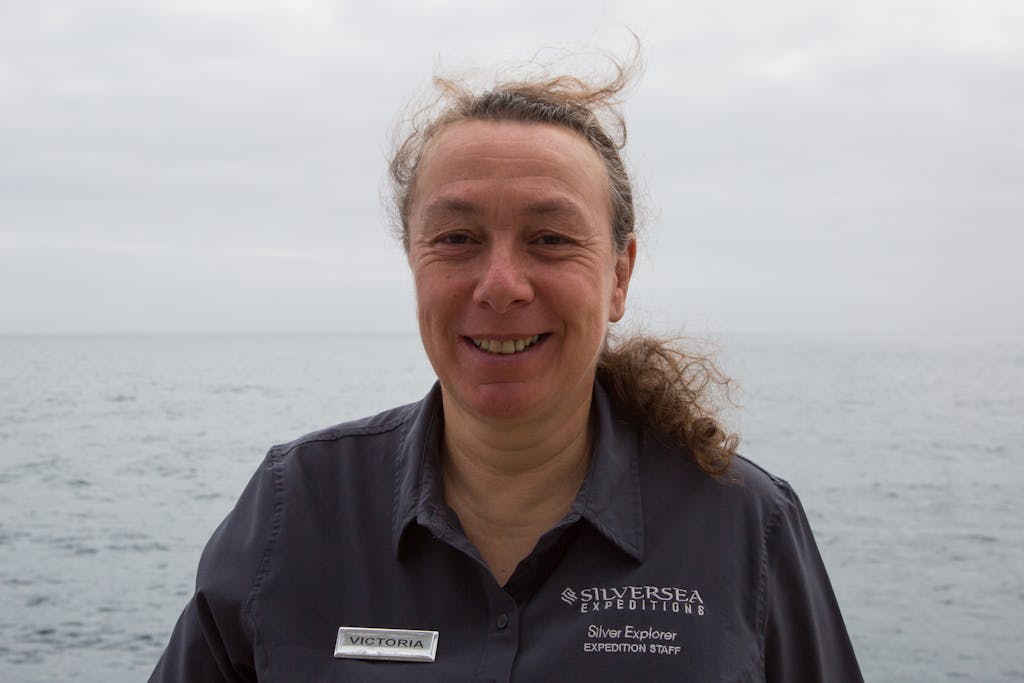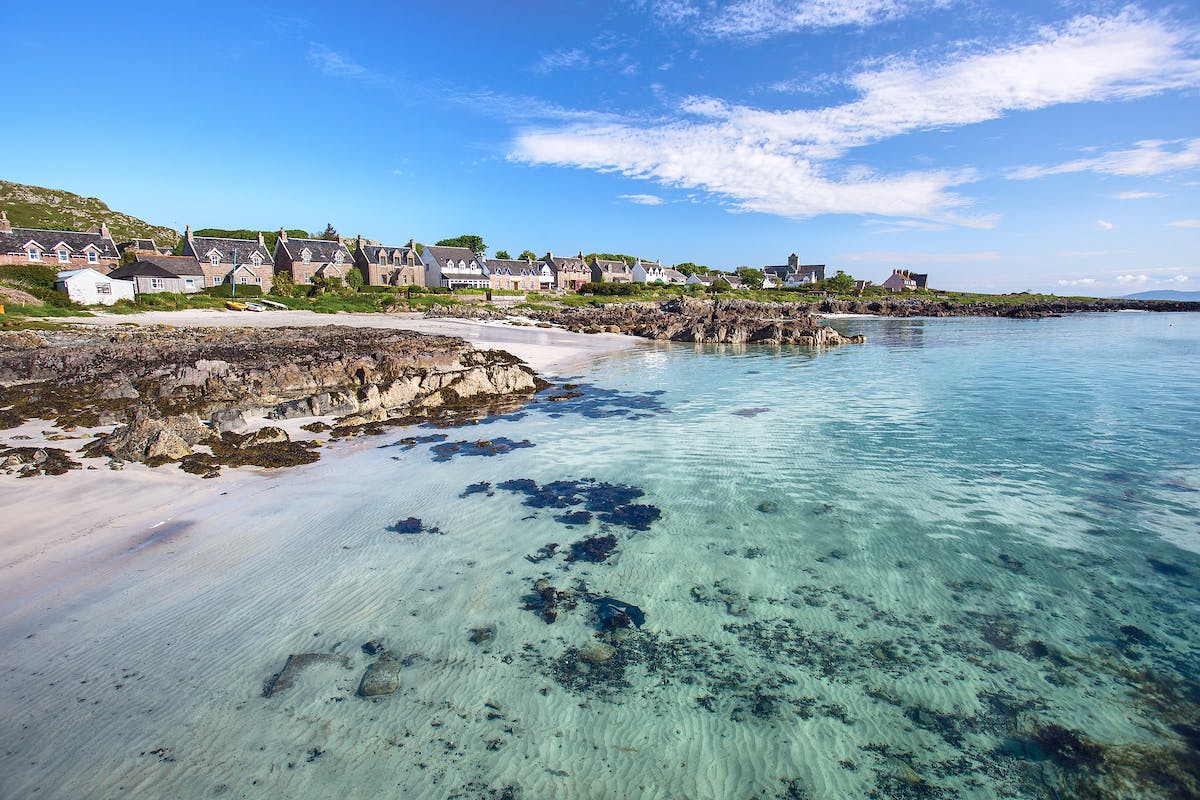A Virtual Tour of the Inner Hebrides Islands of Scotland, by Victoria Salem
With Silversea’s “Let’s Get Enriched” series, you don’t have to be onboard to feel your mind expanding into fascinating new territories as expedition and enrichment team members offer short takes on their favorite topics. Curious about the enchanting Inner Hebrides Islands of Scotland? British historian Victoria Salem takes us on a virtual tour of this marvelous archipelago located just off the western coast of Scotland. Click here for Salem’s lecture on the Outer Hebrides Islands.
Comprising a group of more than 80 islands spread over an area of 1,594 square miles (4,310 sq km) off the western coast of Scotland, the Inner Hebrides Islands of Scotland are blessed with rich history and amazing natural beauty. British historian Victoria Salem has traveled numerous times to the archipelago with Silversea Expeditions, offering history and exploration lectures that add valuable context to the various attractions found in this destination. “These islands offer a perfect blend of history and architecture, wildlife and natural beauty. And although the sun doesn’t always shine, it is surprising how often it does, especially in May and June each year,” says Salem
From north to south, Skye, Mull and Islay are the largest and most populous islands in the archipelago, although their total population sits roughly at about 15,000 people. Salem’s lecture, however, focuses on two of the smallest yet most fascinating isles: Iona and Staffa.

What’s so intriguing about the Inner Hebrides Islands of Scotland?
- At just under 4 square miles (6 sq km) and a permanent population of 125 people, what the island of Iona lacks in size it makes up in rich history. Legend has it that that St Columba arrived here in 563 after a bloody clash in his native Ireland with several authority figures, including the High King.
- Originally founded by St Columba, Iona Abbey is one of the oldest religious centers in Western Europe. The famous Book of Kells was most likely started in this island.
- Located 7 miles north-northeast of Iona and uninhabited since 1800, the tiny island of Staffa is home to dramatic landscapes. The island’s unusual name comes from the Old Norse for ‘stave’ or ‘pillar,’ no doubt inspired by the impressive basalt columns.
- Seemingly carved out of the hexagonal basalt columns is Fingal’s Cave, Staffa’s most famous attraction. Inspired by unusual acoustics of the cave in 1829, German composer Felix Mendelssohn wrote the overture The Hebrides (also known as Fingal’s Cave overture). Other famous visitors to the cave include author Jules Verne (who mentions it in his novels Journey to the Center of the Earth and The Mysterious Island), poets William Wordsworth, John Keats, Alfred, Lord Tennyson, novelist Sir Walter Scott and painter J.M.W. Turner, as well as Queen Victoria, who was rowed in the Royal Barge in 1847.
“The Hebrides Islands offer a perfect blend of history and architecture, wildlife and natural beauty. And although the sun doesn’t always shine, it is surprising how often it does, especially in May and June each year.”
Victoria Salem

Meet our expert
Victoria Salem has always been fascinated by the colder places on our planet and has been traveling in Northern Europe, the Arctic and Antarctica regularly for the past 10 years. She has worked in expedition cruising for 15 seasons at both ends of the Earth and some places in between, focusing on history, culture and exploration. She specialized in Old Norse literature and Viking history at undergraduate level and holds a Graduate Certificate in Antarctic studies from the University of Canterbury, Christchurch, New Zealand.

Since graduating from Cambridge University with a degree in Anglo-Saxon, Norse & Celtic/English literature, Victoria has lived and worked in seven different countries, though her home is now in London and Hastings, UK; when on shore, she enjoys working as a volunteer guide in art galleries, conservation centers and history museums. Her hobbies include travel (in all continents), choral singing, reading & theatre.
